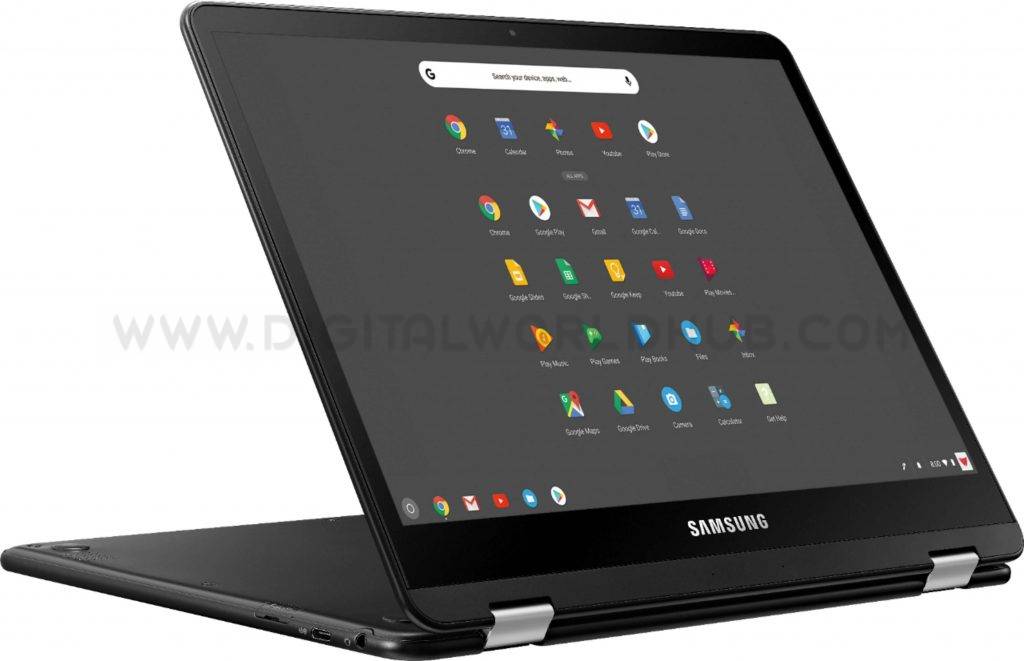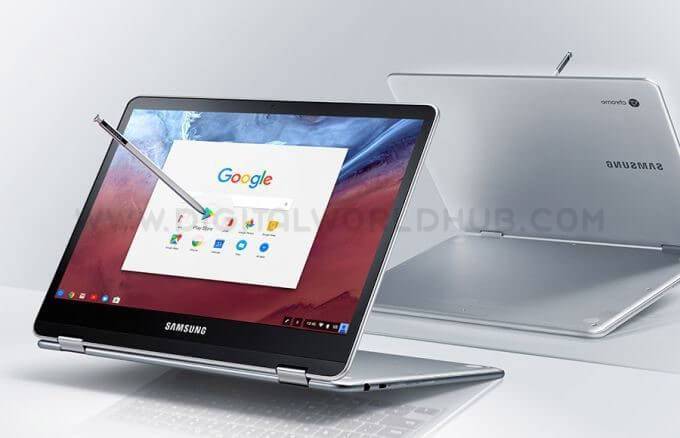Table of Contents
Chromebooks are not like traditional laptops. Although they are a lot easier, they still have many useful features that you might not know. Chromebooks will be able to get you the most out of the day to get access to the remote computer and printer access to wiping your personal information, recovering Chrome OS, and installing desktop Linux. You need to know the tricks of Chromebooks for this. Let’s not know, some useful Chromebook tricks.
Adjust Who Can Log In
Chromebooks are marketed as laptops with the title “for everyone.” By default, anyone with your laptop can choose it, plug in their Google account and log in. They will not be able to access your data, but they will be able to use the machine with their Chrome setup. If you want to restrict access to your Chromebook, open the settings menu by clicking on the system tray and selecting the cog icon.
From there, scroll to the “People” section and click the “Manage Other Users” button. From here, you can choose whether to restrict the device to other users. Besides, those you do not want to find, or who do not want you to find you; You can block them. Since this is your favorite Chromebook, so it’s a little selfish or blame for it!
Access Remote Windows, Mac, And Linux Desktops
You can not run Windows programs on your Chromebook, but you can access remote Windows, Mac, and Linux desktops. Chrome offers a VNC client for connecting with the traditional VNC server in the Web Store, but Chrome also has built-in Google Remote Desktop features. You can use it to access your desktop PC from a Chromebook or run an unobtrusively rare Windows application.
To do this, install the Chrome Remote Desktop app on your PC. You then enable the “Enable remote connections” option and connect your PC to your Chromebook using the Chrome Remote Desktop application. This is not a Chrome OS feature. You can use Google Chrome to remotely access Windows, Mac, and Linux PCs on any other type of PC, whether or not your Chromebook is present.
Print A Document Via Google Cloud Print
If you ever want to print or print something, you should be aware that you can not directly print the printers on your Chromebook and print or print them. However, you can set up Google Cloud Print and use it to print remotely supported printers from your Chromebook.
To add a printer to your Chromebook, go to the settings menu and scroll until you see “Show Advanced Settings.” Scroll down this menu in the “Google Cloud Print” section, then click the Manage button.
From here on, you can add new printers if you have been detected in a new network – Otherwise, a piece of cloud print will already be displayed. If you ever print on a PC’s network printer with Chrome, it will already be part of your Google Cloud Print. Chromebooks printers are probably easier than any other device set up. Chrome OS also has the ability to print PDF, so that you can save a file as a PDF and if you want, then you can print the PDF file to any other computer.
Use Powerwash To Wipe Private Data
Chrome OS has a “Powerwash” feature that performs a factory reset to restore your computer to its original, clean state, which works just like the Reset of Windows 10. This is ideal when you’re going to give or sell your Chromebook to someone else. Because it will delete all your personal data. It can be thought of like reinstalling windows or resetting a tablet factory. You will find these options on the Settings screen.
Click the Show advanced settings link and scroll down, where you will see a Powerwash button. Alternatively, if you want to undo all of your custom settings. You can use “Reset Settings” without power washing your Chromebook, And everything can be set by default.
See Local Files
Your Chromebook is not just a web browser but it also includes a file app with local file viewers that lets you view videos, play music, read PDFs, and view Microsoft Office documents, view photos and much more. With this, you can download all kinds of media files and then open the files from the app.
Restore Chrome OS From A USB drive
Chromebooks include a recovery mode that lets you reinstall Chrome OS if the operating system is damaged. To recover your Chrome operating system, you need to create a receptive drive. You can do this by downloading and running Google’s Chromebook Recovery Utility for Windows, Mac, or Linux.
The recovery utility will be a simple walk-out when you turn it on. But you should know your exact Chromebook model, however. You can find your Chromebook’s model number from the Recovery screen. As well as a link to select a model from a recovery utility list.
Once you have selected your model, you insert a flash drive or SD card into the PC with utility running and select it from the dropdown menu. A final warning will tell you that all data on your drive will be deleted. This process will take some time depending on your computer, drive speed and internet connection.
Just sit tight utility will tell you what is happening in the period. To actually recover Chrome OS, you have to click Escape + Refresh and hold the Power button. Old Chromebooks are dedicated to the recovery buttons – you can find more information on Google’s website. From there, insert your drive and follow the instructions.
Use Developer Mode To Run Linux On Linux
Chromebooks let you design their security features and enable developer modes. In developer mode, you can change the operating system. Ubuntu and other traditional desktops, including the Linux system and boot the Chrome OS. With Hotkeys switching between two, you can run a desktop Linux system as well as Chrome OS.




























